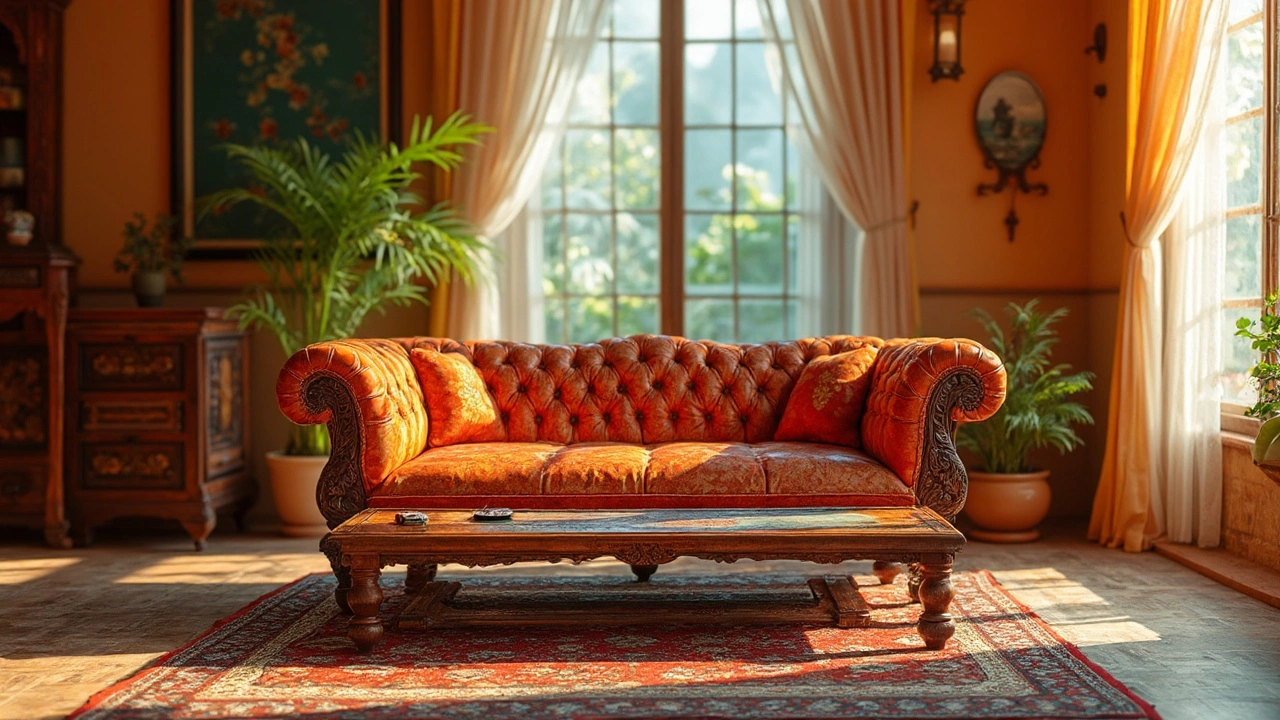Wood Types: A Practical Guide for HVAC and Interior Projects
When you’re picking material for a duct, a panel, or a decorative trim, wood can be a solid choice if you know which type fits the job. Not all wood behaves the same under temperature changes, moisture, or load. This guide breaks down the most common wood categories, points out their strengths, and tells you what to watch for when you need wood that works with HVAC systems.
Common Wood Categories
Hardwood comes from broad‑leaf trees like oak, maple, and teak. It’s dense, ages well, and resists dents. For HVAC, hardwood is great in visible areas because it looks premium and can handle the occasional temperature swing without warping too fast. However, hardwood is heavier and can be pricey, so use it where aesthetics matter most.
Softwood includes pine, fir, and spruce. These trees grow faster, making softwood cheaper and easier to work with. Softwood is lighter, which helps reduce the load on duct frames. It doesn’t hold up as long as hardwood in high‑humidity zones, so seal it well if you plan to install it near air handling units.
Engineered Wood is a blend of wood fibers or veneers glued together under pressure. Products like plywood, MDF, and LVL fall here. Engineered wood offers consistent dimensions and less warping than solid wood, making it a smart pick for duct linings or soffit panels. Just be sure the glue used can handle the temperature range of your HVAC system.
What to Look for in HVAC Applications
First, check the moisture resistance. Ducts can develop condensation, especially in humid climates. Choose wood that’s been pressure‑treated or has a high-quality sealant. Second, consider the thermal expansion. Wood expands and contracts with temperature changes; a tight fit can crack over time. Leaving a small gap and using flexible fasteners can prevent damage.
Third, think about fire rating. Many building codes require ductwork and surrounding materials to meet fire safety standards. Look for wood that’s rated Class A or has a fire‑retardant coating. Finally, weigh the maintenance level. Hardwood may need periodic refinishing, while engineered wood often only needs a wipe‑down if sealed properly.
Here’s a quick checklist you can use on site:
- Is the wood treated for moisture?
- Does it meet the required fire rating?
- Can it handle the expected temperature swing?
- Is it cost‑effective for the area you’re covering?
- Will it match the visual style of the space?
If you answer “yes” to most of these, you’ve likely found the right wood type. Remember, the best choice balances durability, cost, and look. Don’t over‑engineer a hidden duct with expensive hardwood—use engineered wood or a treated softwood instead. Save the premium hardwood for visible trims, door frames, or feature walls where the wood can shine.
In short, wood offers flexibility for HVAC projects when you pick wisely. Understand the differences between hardwood, softwood, and engineered wood, check moisture, fire, and thermal properties, and you’ll get a long‑lasting, attractive result without surprise failures.





